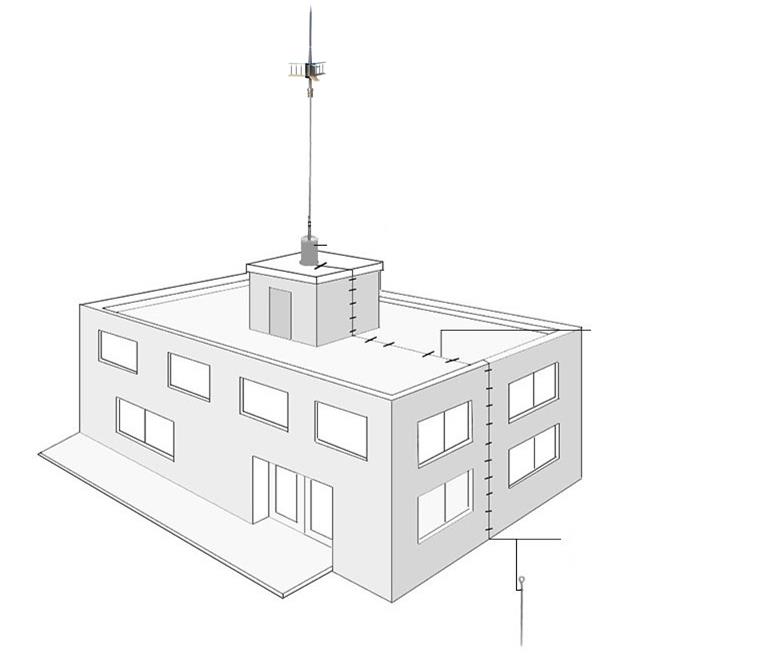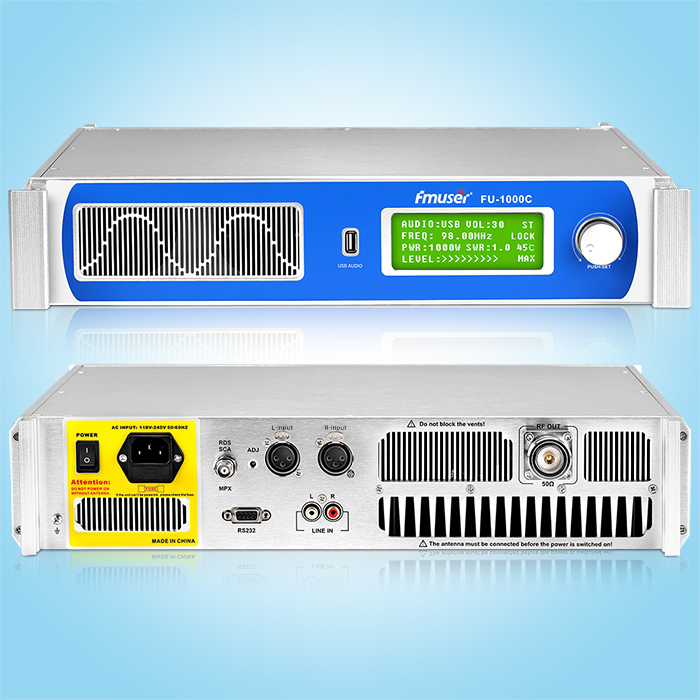Switch regulators based on stand-alone ICs are often considered to be difficult to integrate into the system because their performance is largely dependent on the selection of external components, unknown EMC emissions and limits and often depend on external cooling temperatures. grade. A new power module product of Recom breaks these obstacles and provides industry-leading power density chart in standard QFN packages, wide input range, output voltage programmable, rated to 2.5A.
For a long time, designers of electronic systems and products have known that internal power rails cannot be seen as independent of equipment. Of course, product performance depends to a large extent on the accuracy of the voltage track, noise level and response to load transients, but running speed and system power consumption can also pass dynamic control of power rails generated by high efficiency switch regulators. Optimize. This has become critical for the "Internet of Things" (Internet of Things), for example, more performance is being packaged in a remote sensor and an actuator, and it is necessary to work within a wide input voltage. Restrict power to extend battery life. At the same time, people expect products smaller, cool, more reliable, of course, lower cost.
In a high performance system, both the power source is converted to each stage of a single load. Evaluation and optimization. In this complex multi-supply voltage rail system, the load point (pol) converter is often the best solution, providing accurate voltage tracks when needed, the ideal input range is wide, high efficiency, and output programmable. "Pols" has been a complete module has existed many years, but many are from telecommunications markets, and the output current is very high in very low voltage and very narrow supply voltage range. The Internet of Things industry wants to see a low cost, flexible, efficient, compatible with POL, especially 24V power supply voltage, especially 24V power supply, and industrial automation, is typical for industrial automation.
Recom rpx-2.5 changes in the switch regulator and the POL market
Recompower [1] is a leader who produces low-power and high-power DC / DC and AC / DC converters, which launches RPX-2.5 point load converter - an integrated inductance full switching regulator solution. This is not the first time in non-isolated DC / DC-their R78 series as a drop - replacing the 78xx linear regulator in a through hole to -220 package has been sold millions, is a high performance upgrade ' Linear 'methods have greatly improved efficiency and overall cost savings. Recomrbb, RPM, R-78AA, R-78T, R420 / PL and ROF surface mount types are followed, and now the RPX series (Figure 1) increase this concept to a higher level. RPX-2.5 developed with a major integrated circuit manufacturer and a global OSAT (outsourcing semiconductor assembly and test), only 4.6mmx4.1mmx2.1mm, can be processed and placed like any other "standard" surface mount component, Its performance can reach the full functional POL of 2.5A.
Figure 1: Mini RPX-2.5 switching regulator of integrated inductance from Recom
RPX-2.5 specification
RPX-2.5 has a wide input range, 4.2 to 28V (24V + 15% tolerance) and 1.2 to 6V adjustable output. 2.5A rating is conservative, more current is available to provide high boot current applications. For applications that may have "sleep" or intermittent load, the efficiency peak is 91%, input to 12V, output to 5V This value is higher, only 3%.
Choice Guide
part number
Input voltage range [VDC]
VOUT adjustment range [VDC]
Output current maximum [A]
The highest efficiency. [%]
Max. Relivery load [Method]
RPX-2.5
4.5-28
1.2-6
2.5
91
500
According to the input / output voltage combination, the full output power is ensured in an 85 ° C environment, with the specified PCB size and copper weight, no heat sink or forced air cooling. This excellent performance is implemented in a small package, which uses FCOL (FCOL) technology, providing a low thermal resistance from the control IC to the PCB board. The product is also dust, forming an MSL3 lead-free QFN (four flat lead-free) package and comprehensive environmental protection. The manufacturing of the part is a fully automated integrated shield inductor, with a compact design of the parasitic inductance, provides an inherent low electromagnetic interference. Output protection is also comprehensive, with anti-short circuit, output overcurrent, and over temperature condition.
External voltage settings provide flexibility
In order to achieve optimal flexibility, the output voltage can be preset from the outside, and is connected to the resistance chain with the "FB" pin. This allows the user to select the best output voltage and achieve the "remote sensing" of optimal load adjustment, and add "acceleration" feedforward capacitor (CFF in Figure 2) to improve the response time of the transient transient. Additionally, CFF can be omitted and additional output capacitance can be added to increase the tolerance of overflow transients. The user's choice of output voltage also keeps inventory cost at a lower level, only one part covers multiple applications (eg, 1.8V, 3.3V, or 5V have a part).
Figure 2: Recom rpx-2.5 has a programmable output with remote sensing options
This step can be further implemented by dynamic adjustment of the output voltage under external control. There are many applications, especially in the Internet of Things, processor clock speed and power supply voltage to achieve optimal performance and power consumption. For example, microcontrollers running at 3.3V / 16MHz typically consume 30 megawatts, but the VCC voltage cannot be reduced below 3.2V without affecting performance. If the clock C does not work (eg, waiting for input), the clock frequency can be reduced to 1 MHz and reduce power consumption to only 6 mW (20%). However, at 1 MHz clock frequency, the supply voltage range is much wide, and can be reduced to 1.8V without affecting the function. This reduced supply voltage is achieved, further reduced consumption is only 1.2mW (4% or 25 times, which is running more than full performance), which is within the scope of many energy clearance techniques (Fig. 3). This adaptive power supply voltage characteristic is easy to implement RPX-2.5, from the FB pin to the microcontroller I / O pin, so that C can switch and adjust its power supply rail in different resistance values.
Figure 3: The microcontroller reduces power consumption at a lower clock speed and a lower supply voltage.
Complete solution
RPX-2.5 requires input capacitance to work correctly, but this can be a small 10FMLCC type. For high dynamic output loads, it is recommended to use a 47F electrolyte and co-line current rating of 1.25A or higher, but for many users, the power output often has sufficient capacitance. In order to meet the requirements of the EN55032B, a series input inductor can be added. Similarly, the value of the output capacitor depends on the output voltage and load. Allow users to add input and output capacitors only in need, and optimize the size and voltage rating for the application, the overall scale of the scheme is smaller, lower, and data sheet compared to the fixed internal mounting capacitor. The solution must be rated as the highest input and output voltage as compared to the high input and output voltage as possible. Output capacitors can also be installed in the optimal location, such as positions adjacent to the microcontroller power pins.
Shutdown and undervoltage lock function
The RPX-2.5 features a closing pin (Ctrl) that can be used to disable or sequentially start / close to the ground. The pin is pulled out inside the current source, so the external driver can be a switch, an open collector, an open drain or a 3.3V / 5V logic signal. In the closed state, RPX-2.5 usually only draws 2.5A. A useful additional function of the CTRL pin is to control the input low voltage lock level. By default, UVLO is 4.1V, but the potential divider from the input to the CTRL pin can set the level higher. This is a dominant when using a higher nominal input voltage from 12V or 24V battery, for example, prevents deep discharge below the set level. Figure 4.
Figure 4: RPX-2.5 input set UVLO level resistor divider
Need more energy?
Typically, POLS needs to provide peak power levels for high dynamic loads, such as GSM modules in transmission mode. One solution is to classify the converter to the highest peak current, but this usually brings a shortcoming of low-efficiency low-efficiency in output load; on the other hand, if POL has a short peak overcurrent rating, it can be more Small, more efficient, lower cost. RPX-2.5 provides 30% "boost" capability for this feature, up to 3.2A or more, duration up to 5 seconds - exceeding the time to allow high power data transmission or high start current. However, reliability is not damaged - according to Telcordia Reliability Guide SR-232, the component is 400 m at 25 ° C.
Our other product:















